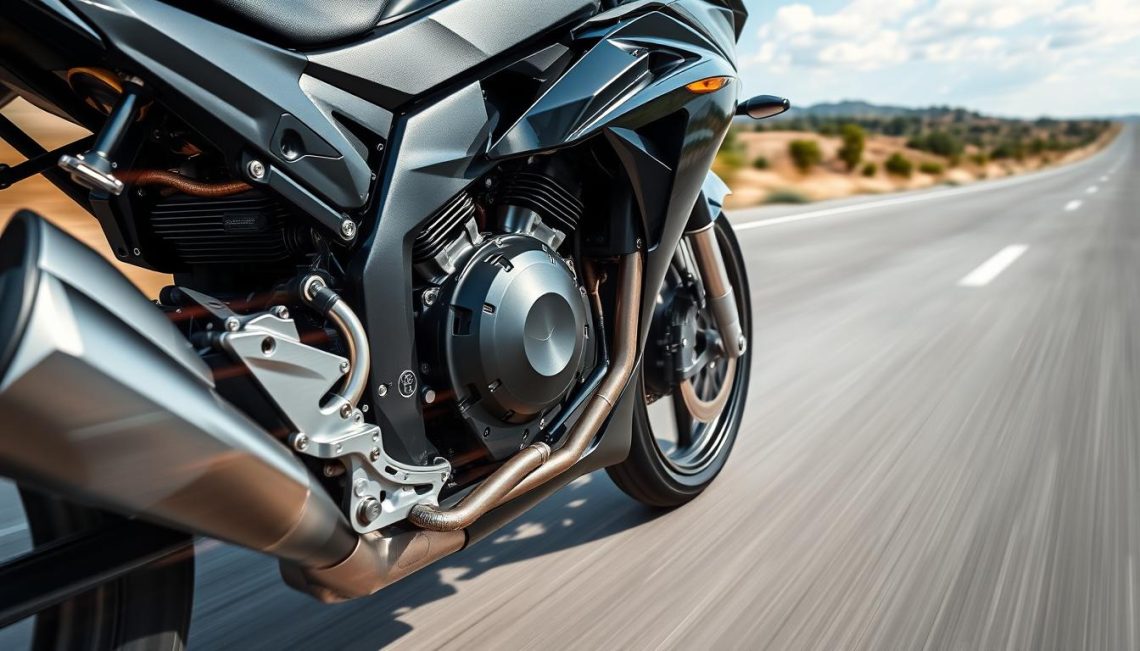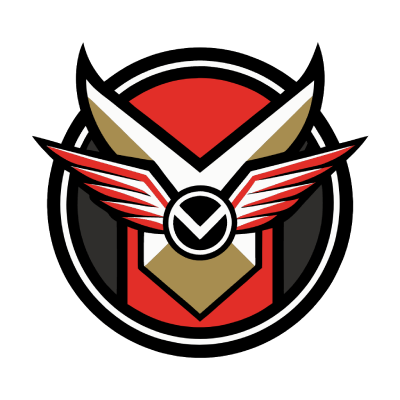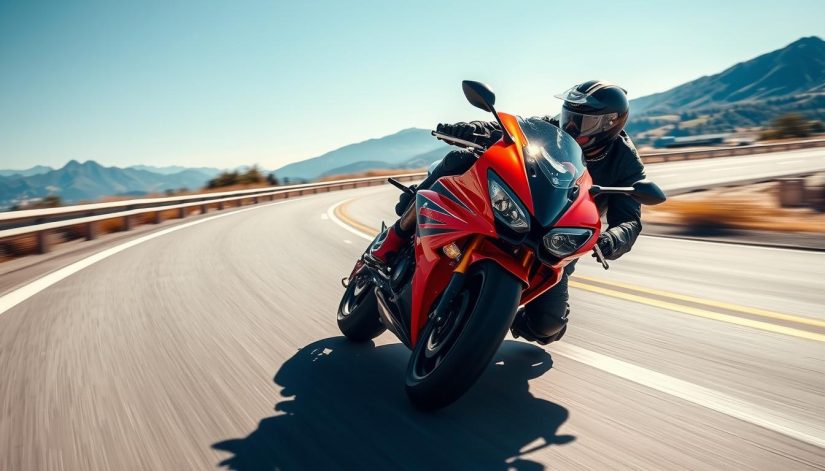The thrill of speed is a major draw for motorcycle enthusiasts, and a 1000cc motorcycle stands out for its remarkable performance capabilities. With the ability to reach top speeds generally ranging from 150 to 200 miles per hour, models like the Yamaha YZF-R1, Kawasaki Ninja ZX-10R, and Suzuki GSX-R1000 embody engineering excellence and advanced technology. The intricate relationship between motorcycle engine displacement and speed further emphasizes how a 1000cc engine contributes to these performance motorcycles. Join us as we delve deeper into the fascinating world of motorcycle speed capabilities and the factors that influence top speeds.
Understanding Motorcycle Engine Displacement
Motorcycle engine displacement is a crucial aspect that influences performance. Displacement, typically measured in cubic centimeters (cc), indicates the size of the engine and its ability to generate power. Riders often prioritize this metric when evaluating bikes, as it provides insights into what they can expect in terms of performance and speed. Understanding cc meaning in motorcycles helps potential buyers make informed decisions regarding their riding preferences.
The Role of cc in Motorcycle Performance
A higher cc generally reflects a larger motorcycle engine, which typically translates to enhanced performance. Larger engines typically produce more torque and horsepower, leading to better acceleration. Riders can feel the difference in their control, particularly in demanding situations like overtaking or climbing steep inclines. This aspect of engine performance comparison is vital for determining which motorcycles are suitable for specific riding experiences, whether for casual cruising or adrenaline-pumping sport riding.
Comparison with Other Engine Sizes
When analyzing small vs. large motorcycle engines, one can appreciate the diverse characteristics that come from varying displacements. For instance, motorcycles with a 600cc engine provide nimble handling and fuel efficiency favorable for newer riders. In contrast, a 1000cc engine offers immense power and speed, making it ideal for experienced enthusiasts looking for thrilling performance. The differences in power delivery and control between these sizes ensure riders select the right fit for their unique riding style and skill level.
| Engine Size (cc) | Typical Power Output | Performance Characteristics | Rider Experience Level |
|---|---|---|---|
| 600 | 75-100 hp | Nimble, good for city riding | Beginner to Intermediate |
| 750 | 90-110 hp | Balanced performance for versatility | Intermediate |
| 1000 | 150-200 hp | Powerful, thrilling acceleration | Advanced |

How Fast Can a 1000cc Motorcycle Go?
The excitement of 1000cc motorcycles draws enthusiasts eager to push their limits. These machines showcase impressive speed records that highlight their incredible engineering. The ability to achieve high speeds is influenced by design, technology, and rider proficiency.
Top Speed Records of Popular 1000cc Models
Many motorcycle manufacturers boast exceptional speed records for their 1000cc models. Notable examples include:
| Model | Top Speed (mph) |
|---|---|
| Kawasaki Ninja H2R | Over 250 |
| BMW S1000RR | 190 |
| Yamaha YZF-R1 | 186 |
| Honda CBR1000RR | 186 |
These 1000cc motorcycle speed records highlight the capabilities of racing motorcycles in competitive environments.
Factors Influencing Top Speed
Understanding the factors affecting motorcycle speed provides insight into what separates top-performing machines from the rest. Key elements include:
- Aerodynamics: Design shapes that minimize air resistance can dramatically enhance speed.
- Weight: Lighter motorcycles tend to accelerate faster and maintain higher speeds.
- Tire Quality: High-performance tires can affect grip and rolling resistance, contributing to speed.
- Rider Skill: Experienced riders can maximize a motorcycle’s potential through better control and technique.
- Gear Ratios: Adjusting transmission gearing can optimize acceleration and top speed.
By considering these factors, motorcycle enthusiasts can gain a comprehensive understanding of motorcycle speed performance, enhancing their experience and knowledge in the world of racing motorcycles.
Enhancing Your Motorcycle’s Speed Potential
For motorcycle enthusiasts eager to unlock the full potential of their 1000cc machines, improving motorcycle speed can be achieved through a variety of effective upgrades. Performance motorcycle upgrades often start with the exhaust system; replacing the stock muffler with a high-performance option can enhance airflow and increase horsepower. Additionally, tuning motorcycle engines with a professional ECU remap customizes the fuel and ignition settings to better suit your riding style and performance goals.
Another essential aspect of enhancing speed is ensuring optimal grip on the road. Upgrading to high-quality, performance tires can drastically improve traction and handling, allowing riders to take corners at higher speeds confidently. Complementing these tire upgrades with suspension improvements, such as adjustable shocks and forks, provides better stability and control, further enhancing the overall riding experience.
Investing in motorcycle accessories for speed also extends to aerodynamics. Adding fairings or windshields can significantly reduce drag, allowing the motorcycle to cut through air more efficiently. Remember, a focus on regular maintenance and professional tuning services is crucial to ensure that your bike operates smoothly and safely at higher speeds. By following these steps, you can enjoy the thrill of your 1000cc motorcycle while maximizing its performance capabilities on every ride.

